West Middlesex University Hospital provides advanced healthcare services, including emergency care, specialized treatments, and comprehensive medical support, focusing on patient well-being and recovery.
- Home
- Products
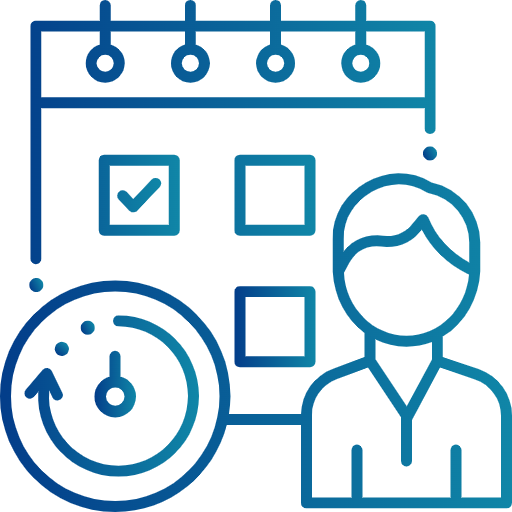
Staff Scheduling
Effortlessly create and manage staff schedules that optimize productivity and reduce conflicts.
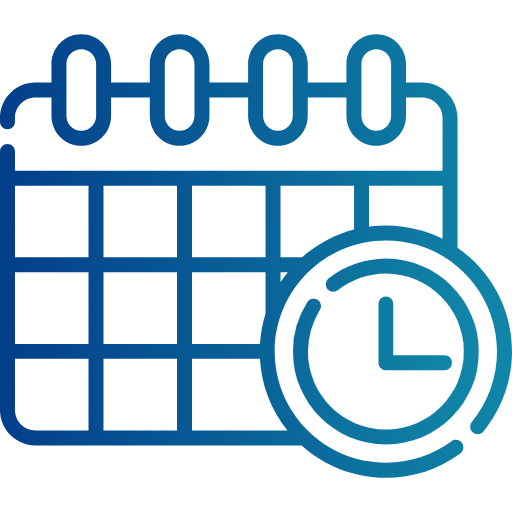
Time & Attendance
Track and reconcile employee time and attendance accurately for seamless payroll integration.

Analytics & Reports
Generate real-time analytics and custom reports for actionable insights.

Education Planning
Streamline employee training with automated scheduling and credential tracking.

Demand Planning
Optimize resources and forecast needs with precise demand planning.

Temporary Scheduling
Easily manage short-term staff assignments with flexible temporary scheduling.
- Industries
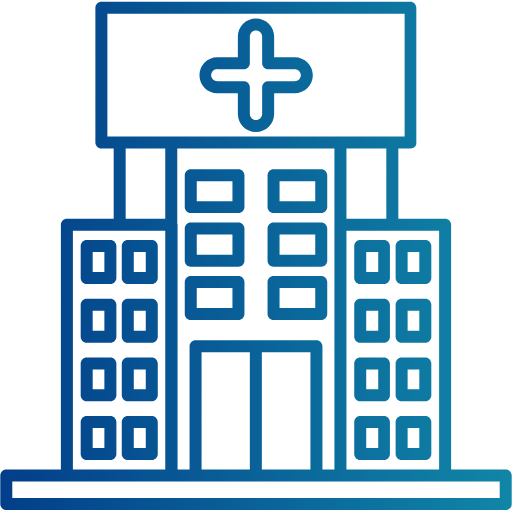
Healthcare
Enhance patient care and streamline staff management with our tailored workforce solutions for healthcare.

Public Safety
Streamline scheduling and deployment, so you can focus on serving and protecting your community.
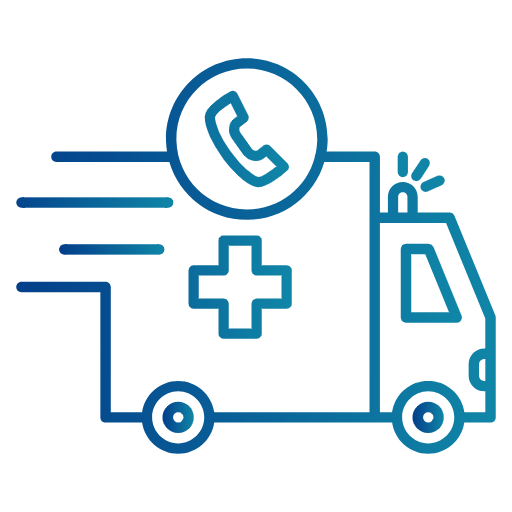
Emergency Dispatch
Efficiently manage statewide emergencies with our system, built for large-scale coordination and flexible deployment.

Other Sectors
Tailored workforce management solutions to meet the unique needs of various sectors.
- Learn

About us
Care Systems delivers workforce solutions that enhance efficiency, satisfaction, and performance.

Case studies
Discover how Care Systems' solutions have transformed operations across diverse industries in our case studies.

Our News
Explore expert tips, innovative solutions, and the impact of our work across multiple sectors.

Contact Us
Connect with us for tailored solutions that transform your workforce into a powerhouse of efficiency and flexibility.
- Middle East Healthcare
- Why Choose Us
- Home
- Products

Staff Scheduling
Effortlessly create and manage staff schedules that optimize productivity and reduce conflicts.

Time & Attendance
Track and reconcile employee time and attendance accurately for seamless payroll integration.

Analytics & Reports
Generate real-time analytics and custom reports for actionable insights.

Education Planning
Streamline employee training with automated scheduling and credential tracking.

Demand Planning
Optimize resources and forecast needs with precise demand planning.

Temporary Scheduling
Easily manage short-term staff assignments with flexible temporary scheduling.
- Industries

Healthcare
Enhance patient care and streamline staff management with our tailored workforce solutions for healthcare.

Public Safety
Streamline scheduling and deployment, so you can focus on serving and protecting your community.

Emergency Dispatch
Efficiently manage statewide emergencies with our system, built for large-scale coordination and flexible deployment.

Other Sectors
Tailored workforce management solutions to meet the unique needs of various sectors.
- Learn

About us
Care Systems delivers workforce solutions that enhance efficiency, satisfaction, and performance.

Case studies
Discover how Care Systems' solutions have transformed operations across diverse industries in our case studies.

Our News
Explore expert tips, innovative solutions, and the impact of our work across multiple sectors.

Contact Us
Connect with us for tailored solutions that transform your workforce into a powerhouse of efficiency and flexibility.
- Middle East Healthcare
- Why Choose Us

- Healthcare
- Nurses, Midwifery Staff
- England, United Kingdom
The deployment of nursing and midwifery staff to meet individual patient needs and ensure safety, while also responding to urgent or unplanned activities, is an ongoing challenge. Hospitals have long utilized nurse rostering systems and bank management systems, with varying degrees of success. However, these systems are often met with skepticism by nurses, who perceive them as overly complex and incapable of addressing the unpredictable nature of their work. Traditional manual rostering has an emotional and historical significance that is often lost in electronic systems. Ensuring the right skill mix and experience is critical for patient safety, and rosters are frequently adjusted—sometimes several times a day—to accommodate changes in patient needs and nursing availability. Traditional staffing models in wards often fail to adapt to the evolving demands brought about by technological advancements, fluctuating patient volumes, and the varying complexity of admitted patients.
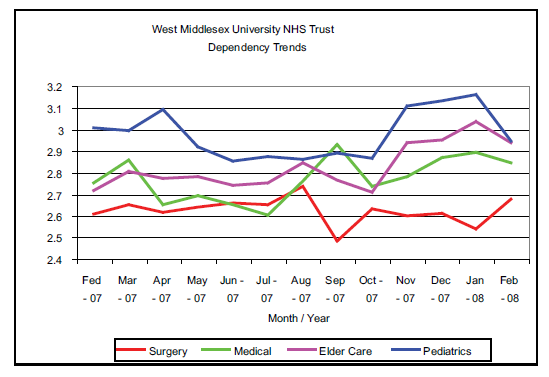
In January 2005, West Middlesex University Hospital made the decision to implement the CareWare nurse rostering system. The Trust selected Care Systems to develop an electronic solution that would integrate rostering, patient acuity/dependency, and temporary staffing management to better meet patient needs.The primary objective was to ensure the accurate and timely deployment of nursing and midwifery resources across the Trust through a tightly integrated system.
The initial rollout of the rostering software faced significant challenges, largely due to a lack of project management resources at the Trust, which is now recognized as essential for large-scale IT projects. While specialized areas such as maternity and theaters have not yet fully utilized the system and are currently under review, other areas have successfully automated roster creation and management. The success of the system hinges on each area adhering to standardized rostering rules while customizing elements of ward life to suit their specific patient groups.
The next critical step involves creating real-time links between CareWare and other departmental and clinical systems, such as Admission, Discharge, and Transfer (ADT), via HL-7 interfaces. These links will drive workload management systems based on patient events. Once this integration is achieved, a consistent approach to real-time roster management by ward managers will be essential to ensure accuracy.
In 2006/7, improved roster management, alongside other leadership and staff management initiatives, contributed to a £720,000 savings in nursing budgets. The system-generated reports have become invaluable tools for finance, HR, and management, enabling them to monitor trends in sick leave, comply with the Working Time Directive, manage annual leave equitably, and allocate study leave fairly. The system’s ability to track sickness management has been instrumental in identifying unplanned leave trends and challenging inappropriate behaviors. As a result, the Trust’s sickness level in 2008/09 was 3.03%, the second-best average in London and the 12th best nationally.
West Middlesex University Hospital is one of only two acute Trusts in the UK to collaborate with Care Systems. Together, they worked with Dr. Keith Hurst, a leading researcher affiliated with the Department of Health, to develop the Acuity Workload Estimation System (AWES). This system, combined with patient census data, determines the need for nursing care in hours by band, enabling accurate headcount calculations for each shift. A simple daily assessment of each patient’s care needs is recorded in the system, which then calculates the combined workload for each care setting.
To truly reflect the dynamic workload within each area, it was recognized that ADT activities needed to be incorporated into the calculations. The recent upgrade to a new event-driven workload estimation system, CareWorks, has enabled the use of real-time data elements. The development of a new suite of reports will provide valuable trend data for each area, offering daily, weekly, or monthly insights that will allow for data-driven staff deployment decisions based on nurse-assessed workload rather than subjective judgment. This, in turn, will enable more informed reviews of staffing levels.
The future introduction of a functioning Electronic Staff Record (ESR) link and the mapping of nursing processes that underpin activity-based costing will open the possibility of costing nursing care for specific patient groups or individual patients. Initial data collected by CareWorks has already provided a basis for trend analysis, revealing seasonal and increasing medical workloads, a rising demand in elderly care, stable but variable surgical workloads, and stable yet seasonal pediatric workloads—findings that align with nursing observations.
The final piece of the puzzle has been the introduction of an in-house nurse bank and the implementation of CareBank, an integrated bank management system. The motivation for this change was not solely financial; it also aimed to ensure that permanent Trust employees, who make up the majority of the temporary staffing pool, comply with the Working Time Directive and to prevent fraud. The system, which allows for the requesting of staff following the posting of a duty roster with attention to the required skill mix, has resulted in a 20% increase in filled shifts, positively impacting staff morale and patient safety.
In summary, West Middlesex University Hospital has played a pivotal role in the development of a tightly integrated triple system by Care Systems—comprising rostering, patient dependency and workload management, and temporary staffing (i.e., bank) management. This unique and powerful tool in the UK is set to include a real-time dashboard and a flexible reporting tool, providing actionable data from the Board to ward level on a daily basis. While the efficient use of nursing and midwifery resources is critical from a financial perspective, patient safety and experience remain paramount to many qualitative performance indicators—and, most importantly, to the patients themselves.
Unlock the full potential of your team with Care Systems’ advanced scheduling and analytics solutions. Streamline operations, reduce costs, and improve employee satisfaction, all with a single, powerful tool.
Quick Links
Products
Industries
Get Latest Updates
Copyright © 2024 – Care Systems – All Rights Reserved.





